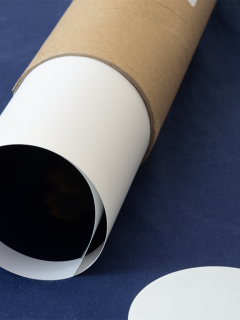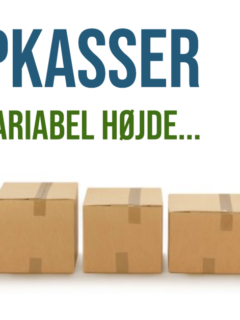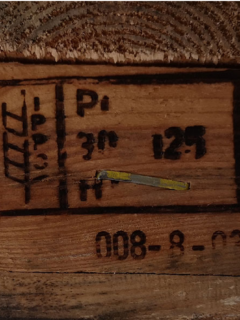Consignments sometimes have to travel long distances, either by road, rail, sea or air. This places high demands on the choice of packaging, both in terms of cost as well as the ability to protect the product en route. That’s why it’s important to think carefully about how and what you want to export your products in.
In five simple steps we at Rajapack will help you choose the right export packaging, read on for tips on optimising and planning.
Step 1: How do I choose the right packaging?
The first step is one of the most essential; choosing the box the products will be shipped in. To make the right choice here, you need to consider two aspects:
- Product characteristics to be protected.
- Transport conditions.
Characteristics:
When we talk about the characteristics of your product, it includes: dimensions, weight and material. The more fragile your product is, the more you need to think about using a strong and sturdy cardboard box.
For export, we always recommend using a double corrugated cardboard box, or even a triple corrugated cardboard box. These boxes give you the best protection when dealing with very heavy or very fragile products. Because they are more robust, they can also withstand being opened and reopened several times during customs inspections.
For exporting products over 500 kg. We recommend a special wooden export box.
| Weight | Type of box |
| Up to 50 kg | Double corrugated cardboard is enough |
| From 50 kg to 70 kg | Double corrugated cardboard recommended |
| From 70 kg to 500 kg | Triple corrugated recommended |
| Over 500 kg | A wooden box is recommended |
Transport conditions:
When it comes to transport conditions, consider the following:
Number of transport shifts:
During the product’s journey, it will need to be unloaded and loaded onto many different modes of transport – perhaps over water, in the air or on the road. These many transport changes require a more robust and strong box.
Weather conditions:
The weather often differs and can be the cause of moisture. So combat humidity with desiccant and keep temperatures under control with cold and heat indicators, or thanks to an insulated box.
Storage time:
A long transport time where the box has to be stored for a longer time requires better protection and a stronger box. So choose a triple corrugated if there is a long transport and storage time.
Palletized:
When you send your parcels separately, they need more protection than if you send them together on a pallet. Also, make sure your boxes are pallet-approved if they’re being shipped together, and that the pallet is approved for the country you’re importing to. See more in the facts box ‘Certifications and special products’.
Step 2: How do I choose the right protection inside the box?
Before you start the packing process, you also need to consider which protective material you will use inside the box. The packing material should ensure that the product does not slide around and get damaged. Remember that packing fill also weighs, which will affect your transport costs. It is therefore important to choose the right protection that is both solid and light in weight.
Good advice and suggestions:
- Give your package a light padding: here you have the choice between air cushions, foam film, box filling or paper filling. Air cushions are usually the lightest option.
- Adjust your box to the size of your product: choose a variable height box, for example. The advantages of this are that you only need one kind of box in stock, which you can use for many different products, and you also minimise your use of packing fill when you match the box to the size of the product.
- You can also choose a box with integrated protection: by making this choice, you save yourself the expense of packing but often pay a little more for the box itself. Therefore, check whether the choice of such a box adds value in terms of better protection or customer experience of your product.
(Source: Package insight study 2016 for Pregis - Seeled Air study 2014 - packaging for ecommerce.)
Step 3: Package your products correctly!
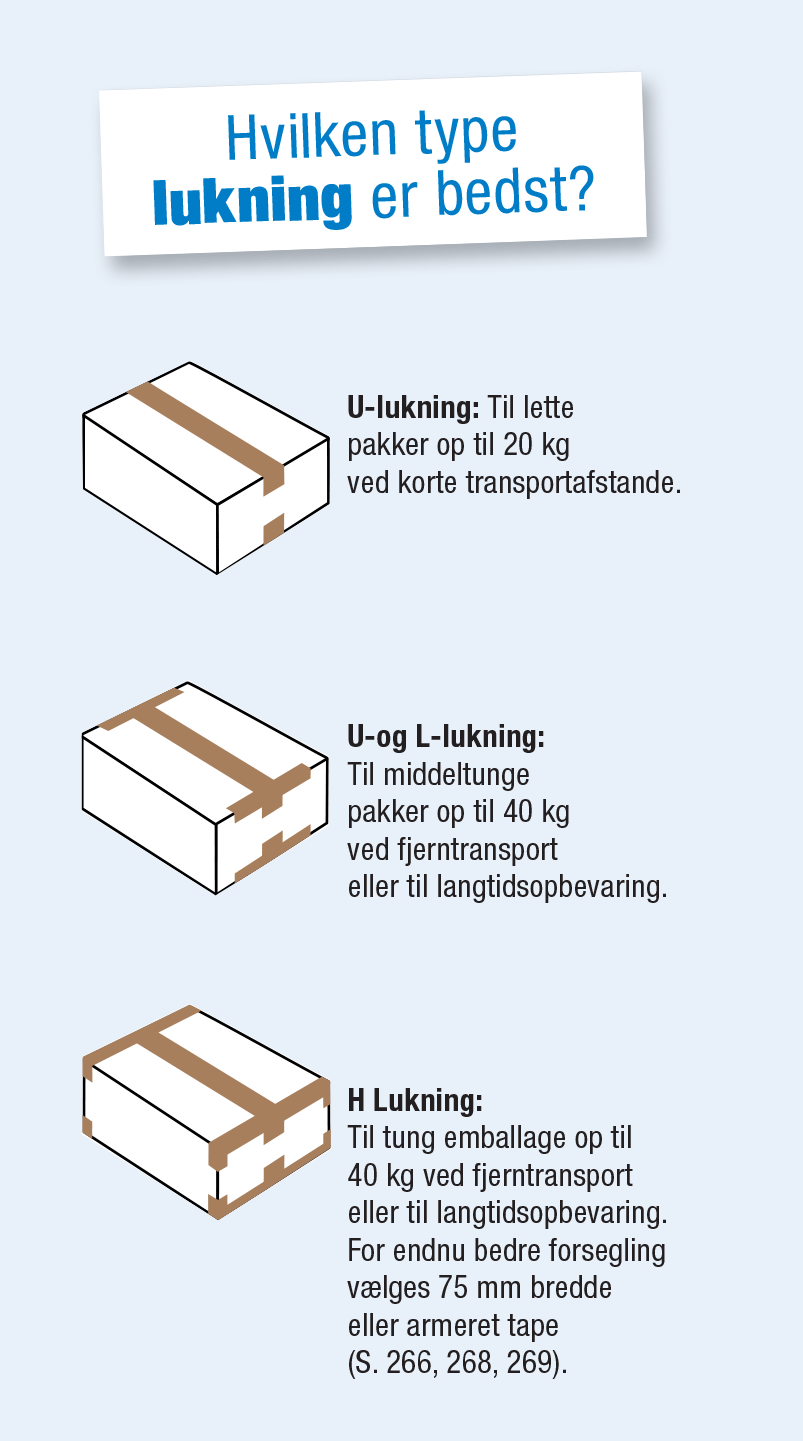
During transit, your products need to be well protected from impact, so make sure your products are well protected on all sides including above and below. Secure the products well in the box and make sure they do not touch each other.
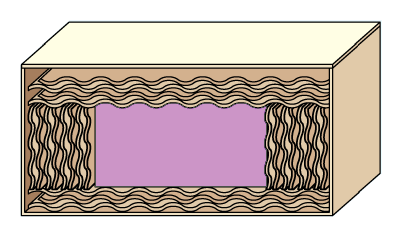
Closing/sealing your box with the parcel tape is not a trivial process either, see the sealing methods in figure 2 and save on your parcel tape at the same time. For tape, you can either use PVC tape or PP tape. When exporting to hot countries, we recommend you use PVC tape and if the package will be exposed to colder temperatures, we recommend PP tape. You can read more about the choice of tape in our guide – How to choose the right packaging tape.
Step 4: How do I pack my pallet for export?
If you have a large quantity to export, a pallet shipment is the practical thing to do, but there’s a lot to remember here too:
- Never place packages over the edge of the pallet.
- Place the smallest packages at the bottom and the largest at the top.
- Protect your stacked boxes with pallet dividers, corner profiles, corner protectors and top foil if necessary.
- Make sure you use pallets that comply with ISPM standards. All pallets sold by Rajapack meet these requirements, so you can export outside the EU with peace of mind.
- Wrap your entire pallet in stretch film.
Then secure the pallet extra with straps or steel straps.
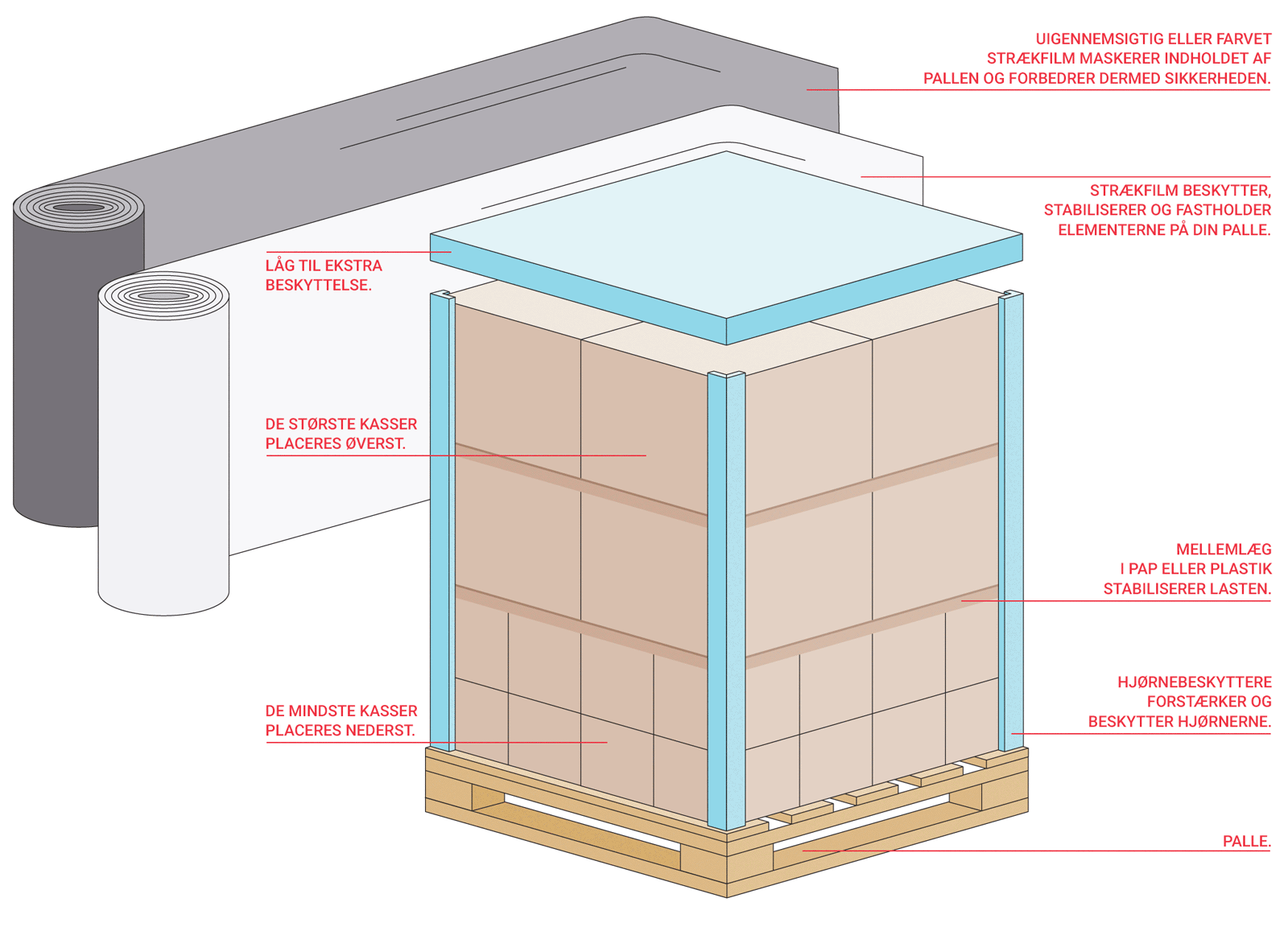
Step 5: Choose the right labels and companion pockets!
When the pallet is ready to be sent, it is important that both sender and recipient can easily decode what the pallet contains and where it is going. Therefore, apply tracking pockets to your transport documents to keep them protected and visible.
If you’re shipping fragile products or just want to make sure your shipments arrive in good condition, consider adding security indicators or warning labels. There are a number of different options to choose from here:
- A shock indicator.
- A warning indicator against temperature fluctuations and moisture. (For example, hot or cold)
- A tilt indicator.
- Labels for the transport of dangerous goods.
- Labels warning of fragile products in several ways or that the package should be kept dry.
- Security tapes and seals: to prevent theft and to leave a clear trace if the package has been opened.
…and NOW it’s up to you! – We hope you found the advice useful but should you have any questions about export packaging, please feel free to contact us on 44 58 77 00.
Have fun!











